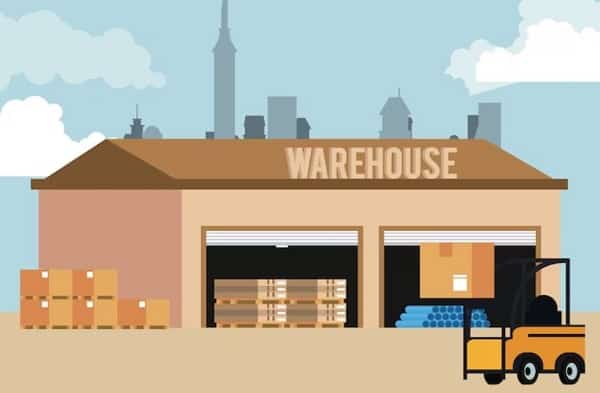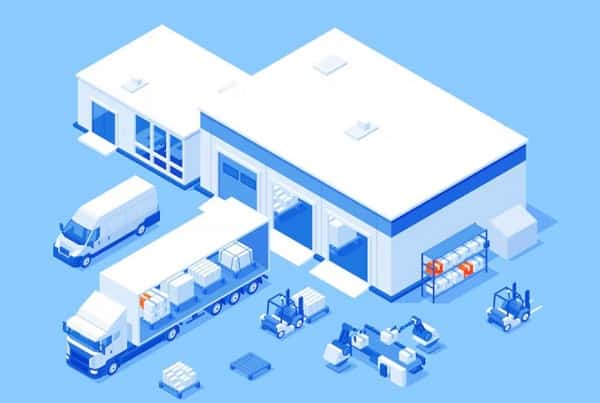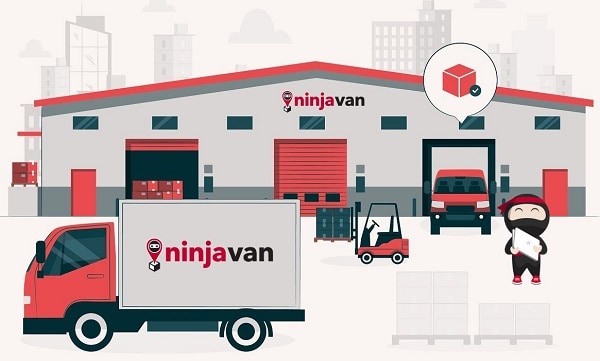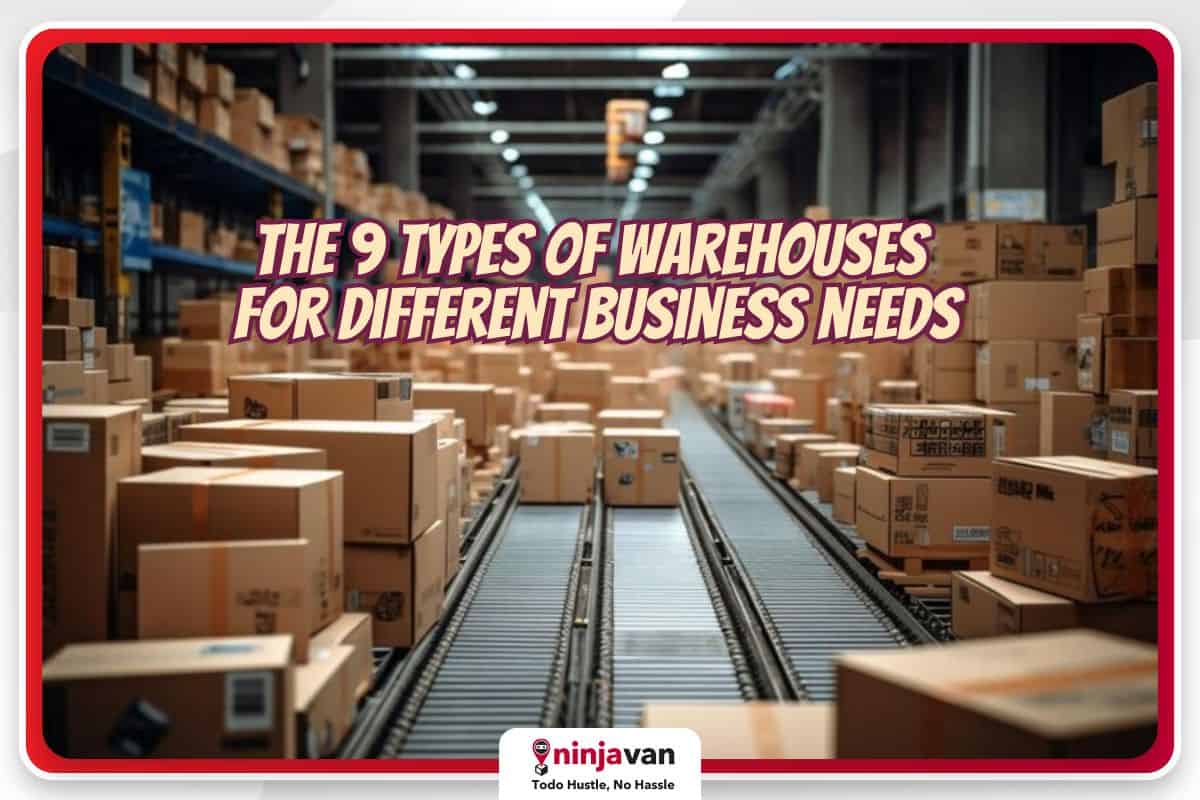Your online business is growing – and you need of a bigger space to store and distribute your products. You can’t use your house, and the garage is too small and not secure. Where do you keep your inventory? A warehouse.
Apart from storage, warehouses can also receive and dispatch your goods, manage your inventory and apply quality control for your items. You’ll find different types of warehouses because each one serves the specific needs of businesses.
Learn the different types to determine the right warehouse that will make inventory management efficient and product fulfillment easy.
What are the types of warehouses?
1. Distribution Centers
This type of warehouse type focuses on the distribution aspect of the supply chain. Manufacturers with a big reseller or wholesale customer base use distribution centers. It has a large storage space and its efficient workflow allows products to move in and out fast; customers can expect products to arrive within a short period.
2. Fulfillment Centers
Distribution centers are ideal for manufacturers, but fulfillment centers mostly cater to e-commerce sellers. It has the same functions as a distribution center, except that it has more services, such as replenishing stocks, fetching orders daily, packing products, dispatching parcels for delivery and overseeing returns.
Fulfillment centers are also located within or on the outskirts of urban areas, making them accessible to customers. It has computerized control systems to manage the whole order fulfillment processes businesses require.
Since it’s ideal for e-commerce businesses, many third-party logistics companies, like Ninja Van, have their fulfillment center.
3. Public Warehouse
If renting warehouse space is still too costly, consider a public warehouse. It’s owned by a government body that leases space to businesses. Established companies use it to store their surplus items temporarily, until their main warehouse has enough space.
The downside is public warehouses don’t usually have the best facilities, which could affect your fulfillment.

4. Private Warehouse
Wholesalers, distributors and manufacturers are typically the owners of this type of warehouse. Ownership is an advantage when peak season hits and you need the entire space to hold your products.
However, private warehouses are not that common in the Philippines due to the high costs of owning and maintaining one. It’s ideal for big and established e-commerce businesses. But if you’re thinking about expanding your business as it grows along with demand, investing in one could make sense.
5. Consolidation Warehouse
A consolidation warehouse would be an ideal pick if you want to lower shipping fees for your customers. They offer less-than-truckload (LTL) deliveries by combining packages from multiple businesses for a cheaper shipping fee.
For small businesses, filling up a delivery truck will take time, especially if the packages are tiny; the delivery cost may not be worth it.
6. Smart warehouses
It’s one of the best types of warehouses for reducing operational costs and improving efficiency. It relies on automated technologies to receive, sort, organize and prepare items for shipment. And because of its increased performance compared to traditional warehouses, it’s also one of the most expensive types of warehouse to keep and maintain.
7. Cold Storage Warehouse
Ideal for perishable items and medicine, these warehouses have built-in cooling systems to prevent products from spoiling. It protects products from temperature changes due to weather patterns, allowing products to last before they get sent for deliveries
Businesses that have temperature-sensitive items opt for cold storage warehouses. They also typically have trucks with cooling systems that transport such items safely.

8. HAZMAT warehouses
It’s a warehouse that stores and handles hazardous substances such as flammable liquids, hazardous chemicals, and radioactive materials. Because of this, it works on strict safety and environmental regulations including proper containment and segregation of materials, ventilation systems, leak detection, and fire suppression.
9. Reverse logistics warehouses
Customers return products for many reasons. It’s unfortunate when that happens, but fortunately there is a kind of warehouse that facilitates returns.
A reverse logistics warehouse stores and manages items that are returned to the seller, retailer, or manufacturer. As part of the logistics chain, the reverse logistics warehouse facilitates the process beginning from the customer through to the manufacturer or seller.
Warehouse layouts for different storage needs
The next step to choosing the right warehouse is learning about its layout. The warehouse layout determines the efficiency of your inventory and order management. So it’s a big deal to pick the right one.
Here are the three most common warehouse and storage layouts:
1. U-shape
The U-shape features a semi-circle layout ensures the inbound and outbound traffic remain separated. Inbound and outbound sections are parallel to each other, and the storage section is in the middle.
Pros: Minimizes space for items; moves products fast between receiving and shipping out items.
Cons: Congestion may happen as inbound and outbound sections are close together.
2. I-shape
Large businesses usually use this warehouse layout because it can accommodate high volume with a straightforward workflow.
Pros: Minimizes congestion and avoids back-and-forth travel; flexible in terms of space utilization; ideal for cross-docking processes
Cons: Its large size may incur higher costs from docking equipment; difficult to manage due to its lack of structure
3. L-shape
One end is the inbound area, and the other one adjacent to it is the outbound area. It’s least common compared to U-shaped and I-shaped warehouses as this layout is typically for long and narrow warehouses.
Pros: Minimizes congestion; flexible in terms of traffic flow and warehouse space utilization
Cons: Needs too much space for the flow to be efficient; difficult to determine good segments and flow
Choose the right warehousing solution for your business
Warehouse rental will become part of your operational expenses as your business grows. The right one should meet your needs and enhance your order fulfillment process, ensuring happy customers. One way to make sure your warehousing and fulfillment requirements are met is through Ninja Fulfillment.

Ninja Van’s fulfillment centers provide cost-efficient storage, inventory management and same-day order fulfillment — many of the things e-commerce businesses no longer have to think about. You can focus on growing your business while we take care of your logistics needs.
Find out how Ninja Fulfillment will improve your efficiency today!
More logistics solutions for your growing business:
Why You Need To A One-Stop Logistics Solution
How Less-Than-Truckload Shipping Benefits Small Businesses
Unlocking Efficiency Through Customized Logistics Solutions







